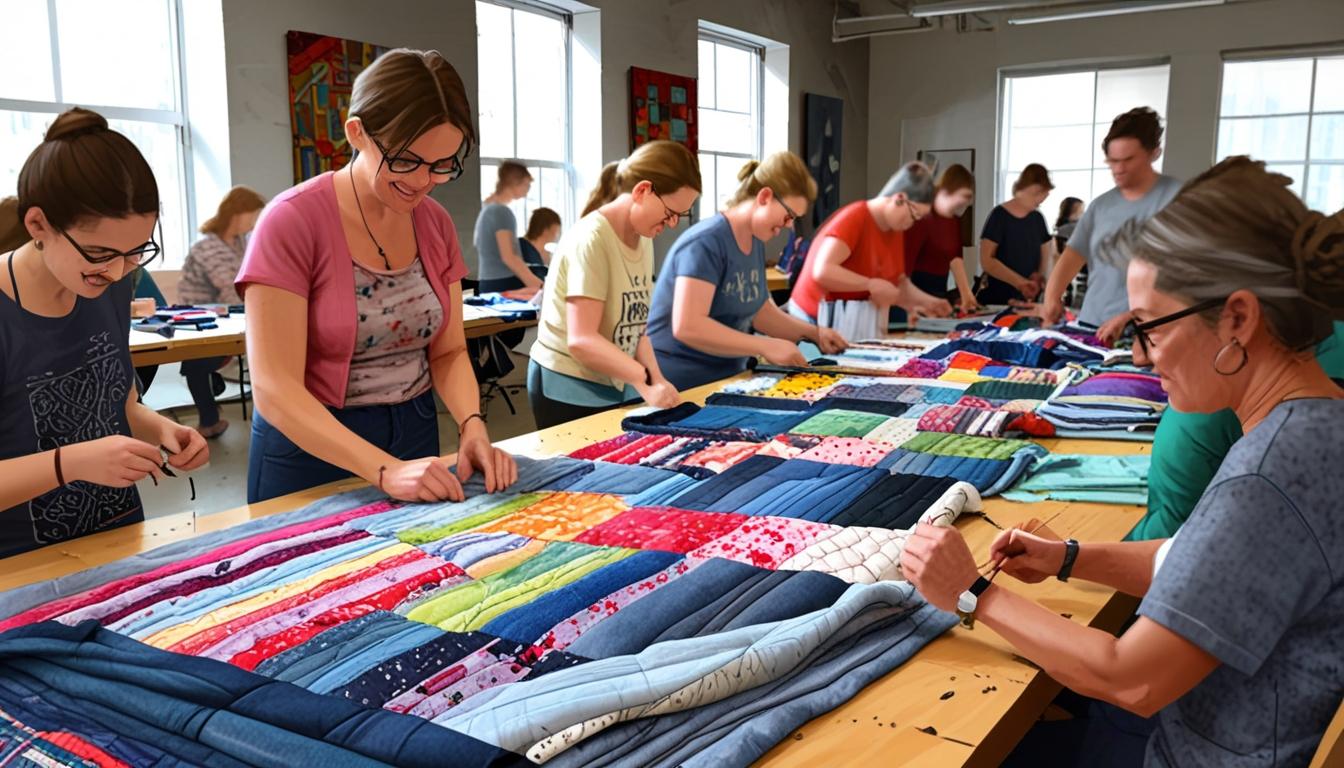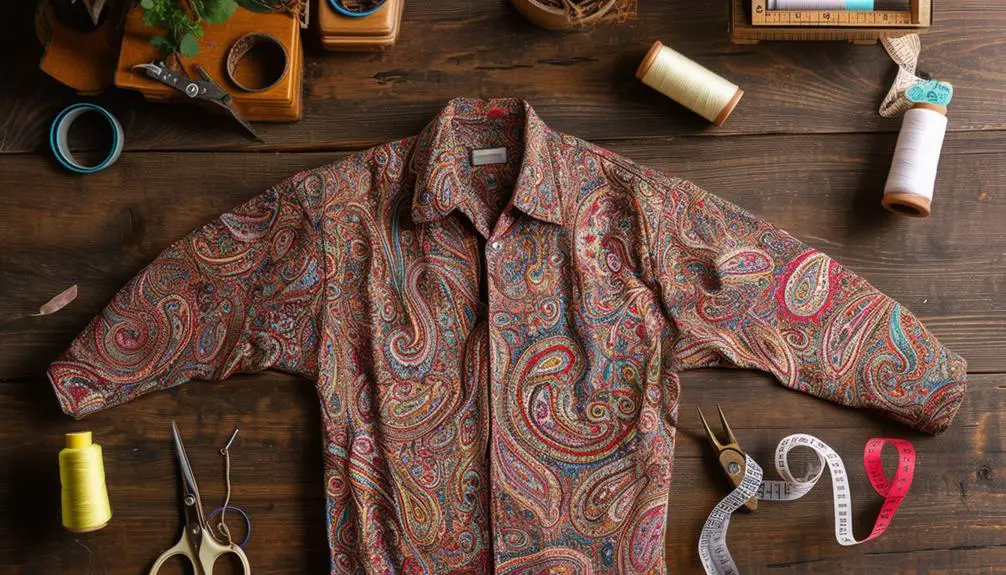Radha Weaver, former Levi’s employee turned quilter, advocates for sustainability in quilting by promoting the upcycling of materials and changing perceptions of textile waste.
Quilting enthusiasts and sustainability advocates are increasingly being drawn into a conversation about the transformative potential of upcycling, particularly through the work of Radha Weaver, a quilter and sustainability consultant. After spending 15 years at Levi’s and witnessing the fashion industry’s substantial waste, Weaver has shifted her focus toward quilting as a means of both artistic expression and environmental responsibility.
In a recent discussion with Jenni Grover of Quilting Daily, Weaver shared her journey into quilting, describing how it served as a creative outlet during a period of burnout from her corporate career. She began quilting after converting her home office into a sewing space, revisiting the craft that had piqued her interest in childhood. Her initial foray into quilting involved using leftover fabrics from her personal collection, leading to a series of projects that eventually defined her modern aesthetic.
Weaver describes her quilting as modern yet textured, emphasizing that her process reflects the “messy” aspects of contemporary life. “It feels like it’s very much the definition of modern quilting—in that it reflects the world we live in today: it’s messy, there’s too much stuff everywhere, and I’m trying to make beautiful moments out of all the mess,” she explained.
Signing on to lead workshops and lectures focused on the use of cast-off clothing, Weaver aims to encourage fellow sewists to view old garments not as waste but as valuable resources for new, artistic creations. Since launching her business in 2021 and becoming the owner of the fabric destashing site FeelGoodFibers.com, Weaver has been instrumental in advocating for sustainability within the quilting community.
In her conversation with Grover, she expressed a desire to change how quilters approach textile waste. “I don’t actually want quilters to focus on how much textile waste ends up in landfills. More helpful is a shift in how secondhand fabric is viewed compared to new,” Weaver stated. She argued that fabric, regardless of its past life, holds potential for creative reuse.
Weaver also highlighted the unique characteristics of denim, a textile she enjoys working with, noting its evolution with use and its ability to tell a story through its wear patterns. “Denim is magic!” she proclaimed, explaining how the fabric can convey varied textures and colors. Her quilts often incorporate reclaimed denim, exemplifying her belief in the beauty of upcycled materials.
Reflecting on the issue of waste in the fashion industry, Weaver pointed to a lack of appreciation for handmade goods due to the rise of fast fashion. She urged quilters to consider the circularity of fabric—focusing not merely on the material’s origin but on its lifecycle after being used. This perspective is part of a broader shift in the sustainability conversation, moving away from a rigid view of “perfect” eco-friendly practices to a more inclusive approach that emphasizes incremental changes.
Weaver concluded by suggesting that even small steps towards sustainability, like incorporating a few pieces of secondhand fabric into quilting projects, can make a significant impact. “We don’t need two ‘perfectly’ sustainable people. We need thousands of imperfectly sustainable people,” she said.
As a resource for quilters seeking to include secondhand materials in their work, Weaver encourages connecting through digital platforms to access fabric and ideas, reinforcing a community-based approach to sustainability in the quilting world. Her initiatives continue to inspire creativity while promoting a message of mindfulness about textile waste.
Source: Noah Wire Services




